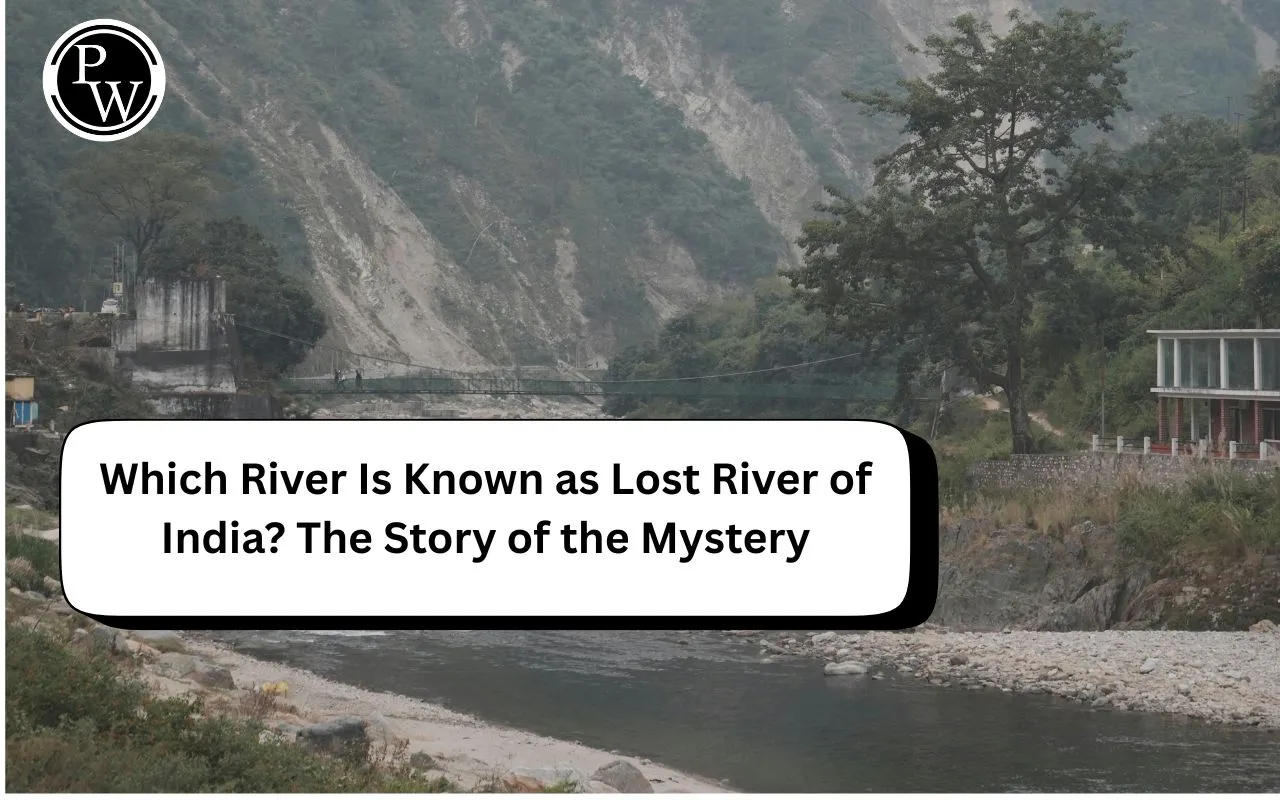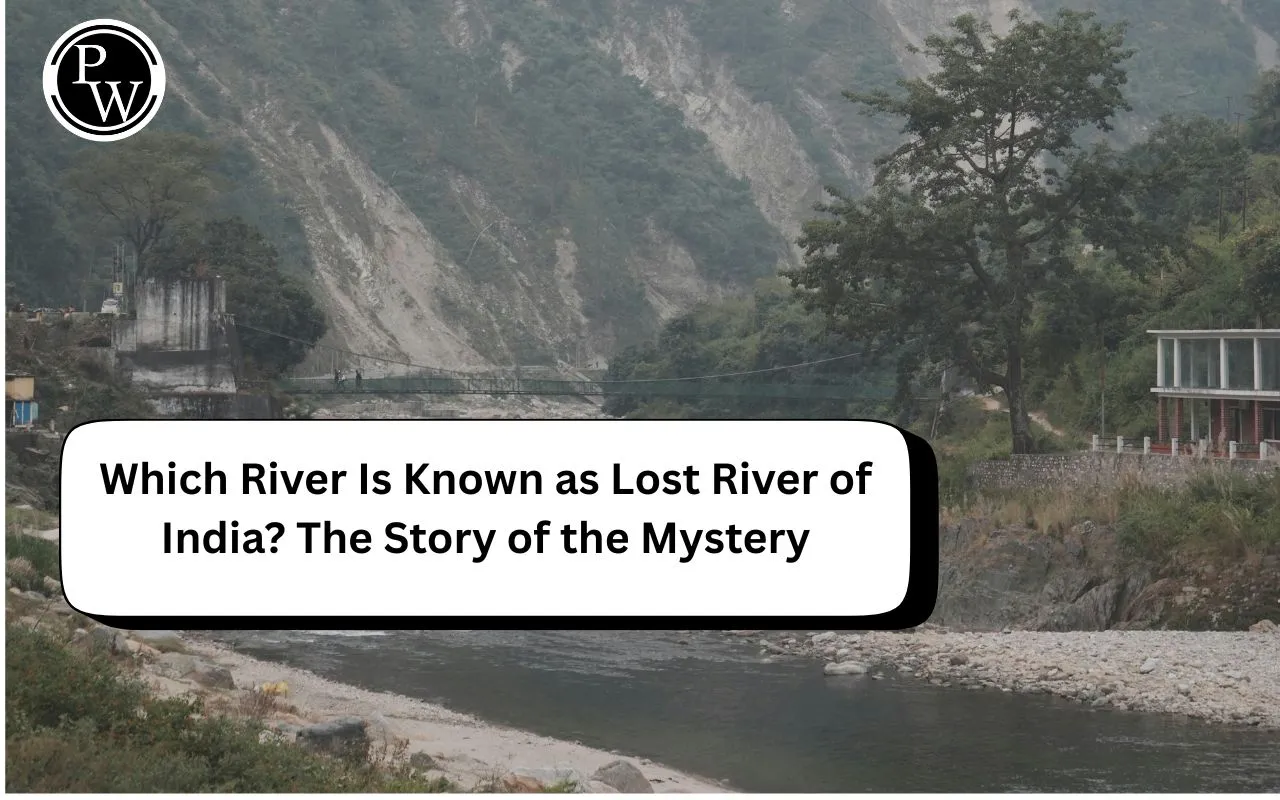

The Saraswati River is known as the Lost River of India. In ancient times, it was considered one of the holiest and most powerful rivers mentioned in the Vedas, Mahabharata, Manusmriti, and Puranas. Unlike the Ganga or Yamuna, the Saraswati disappeared thousands of years ago. Even today, people and scientists are still trying to trace its path and understand what really happened to it.
Historical Importance of the Saraswati River
The Saraswati River is believed to have started in the Himalayas and flowed through Punjab, Haryana, Rajasthan, and Gujarat, before reaching the Arabian Sea near the Gulf of Kutch. Long ago, many ancient cities of the Indus Valley Civilization, like Kalibangan, Banawali, and Lothal, were built along its banks. For people in the Vedic period, Saraswati was a sacred river, seen as a symbol of knowledge, purity, and life.
Why Did the Saraswati Disappear?
Scientists believe the river dried up about 5,000 years ago due to climate changes and earth movements (tectonic shifts). These changes blocked its water sources from the glaciers in the Himalayas. Also, rivers like the Yamuna and Sutlej, which once fed Saraswati, changed their paths over time. Because of this, the river slowly lost its flow and dried up in the Thar Desert region. Ancient texts like the Mahabharata mention a place called Vinasana, where the river “disappeared” under the sand.
Modern Discoveries and Research
Recent studies using satellite images, archaeology, and geology have helped scientists trace the old route of the Saraswati River. Researchers from ISRO and the Archaeological Survey of India (ASI) have found dried riverbeds and ancient settlements along its path, proving that a large river once flowed in this area.
Connection to Modern Geography and Environmental Lessons
The story of the Saraswati River is not just about the past; it holds important lessons for today’s water management and environmental challenges. Its disappearance highlights the impacts of climate change and tectonic activities on natural water bodies. Understanding how the river dried up can guide modern efforts in managing water resources sustainably. It also sheds light on the changing geography of the Indian subcontinent and the critical need to conserve the remaining rivers and groundwater.
